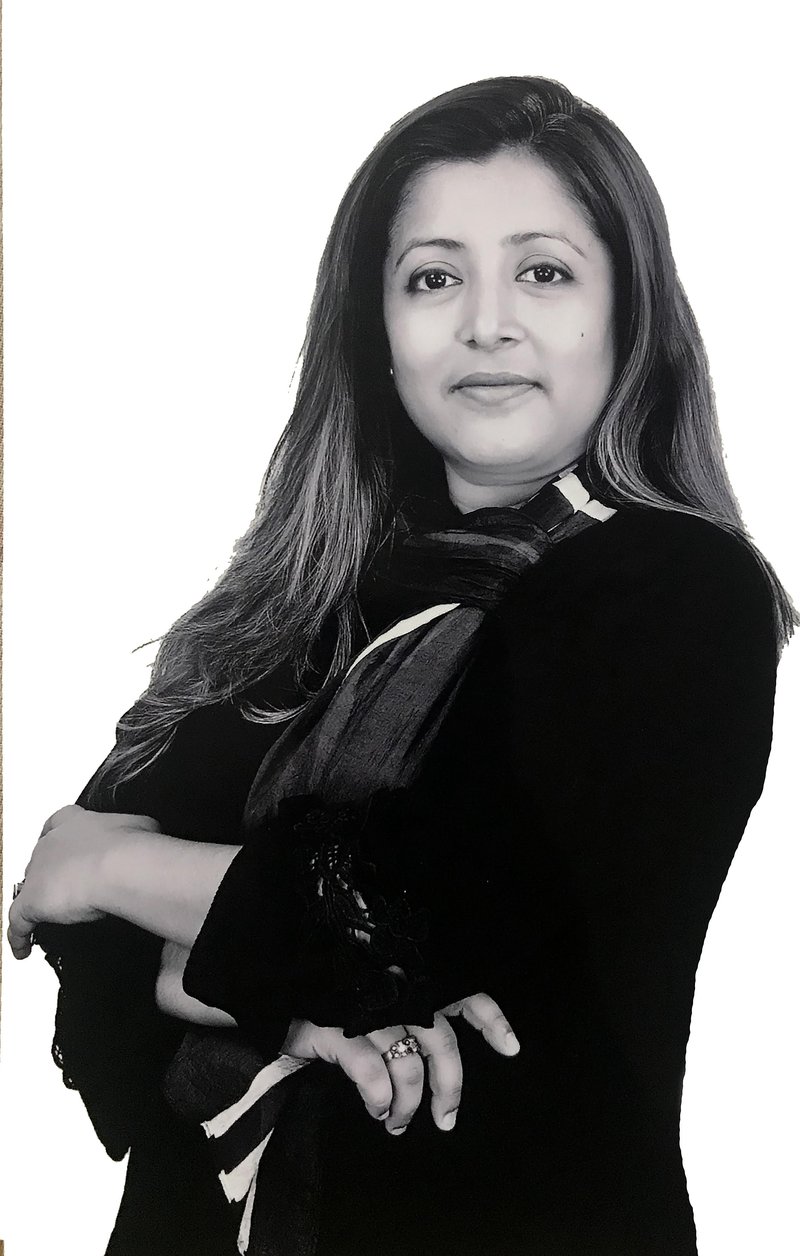Kehkasha Sabah

The CIMAM 2018 Annual Conference the Museum in Transition took place this year’s 2- 4 November in Stockholm, Sweden. I am thankful to CIMAM for awarding this travel grant and to Samdani Art Foundation for supporting my grant. It has been one of the most incredible learning experiences for me. The wide range of issues discussed here was provoking for me but might not totally relevant or applicable to our regional context. There were some particular opinions which I can reflect and re-module in my own individualistic practice or institution as well.
For instance, in Day 1, Daniel Birnbaum and Ann-Sofi Noring from Moderna Museet spoke how they have been in continuous dialogue with artists from diverse language and continents, by highlighting key works that expand the view beyond the standard western perspective of art history. In the next session, Katya Garcia-Anton (Norway) addressed how mainstream art/institutes are undermining the Indigenous art and functioning as a new Colonial model. Her proposal, the need for decolonization in art institutes as a daily practice compelled me to re-think my future practice as well. The final presentation of the day, Artist & Professor Loulou Cherinet gave a fascinating thought on Confidence in Ignorance — the Museum and the Paradox of Inquiry. She continues her argument, “Is it possible for a museum to know what it does not know?” and she suggest the inquiry is possible for museum if they adopt certain research strategies to go beyond biennials, survey exhibitions and secondary sources which I truly believe a shared responsibility to contribute from museum/cultural institute members all over the world.
Day 2 started with hyper contemporaneity, integrating intelligence and the technological advancement in art/institutions. Professor Lars Bang Larsen talks about his curatorial exhibition Mud Muses –a borrowing title from famous work by Robert Rauschenberg, emphasis to understanding the unprecedented technological need of this era, which is essential to revisit and critically validate. Similarly, Michelle Kuo, Curator of MOMA, drawn example how after 1960’s the spectators’ interactivity, reactivity and expansion environments in exhibitions emerged as a new model of physical experience and fueled technological innovation such as Telecommunications satellite! She showed how the world’s art fair became the testing ground for scale and predicts how it is going to be an era of Artificial Intelligence in near future! The same notion validates by next speaker Yuk Hui, a philosopher from Berlin, in his paper For a Cosmotechnical Futurism. On the contrary, disregarding the techno fears, Magnus af Petersens the Director of Bonniers Konsthall proudly spoke about using traditional materials as a performative media alias life art. End of the day finally visited the exhibition and my thoughts grounded as I have the similar practice and longing several inquiries on process-based art.
Day 3 was totally concentrating on the ethical practice of institution and professionals, fundraising and organizational point of view. The interesting case study came forward by Professor Dr. Jörg Heiser, in his paper Curators: The New Scapegoats? he investigates why Curators/Directors deserve hate! He summaries, the challenges sometimes are thrown from socio-political or economic reason to an institution, to make biased decisions hindering careers of the museum director or curators. Then Artist Ahmet Ogut came with some intriguing example of an institution, exhibition or exhibits that have gone through the serious crisis but still maintain the ethical standards. Surprisingly, Mami Kataoka Chief curator of Mori Art Museum, Japan reflect another aspiring perspective on engaging larger public and how Corporate business models can foresee a long-term vision for the development of a city through encouraging and investing in art and cultural practices.
These all discussions asserted the core global contemporary complex conditions yet questioned the recent practice of every knowledge-based institutions which are running in a certain global format, needs to address the issues, respond, re-structure or collaborate with the coming newness. In this huge learning platform, I’ve realized the knowledge exchange still directs from the institutions of Global West and I found the whole Southern part is less present in these dialects.
However, in the whole program, the organizer warmly hosted us and tried to interweave us with specific mentors to hear one-on-one engagements and ensured unique meeting approaches, including workshops, collaborative tours or in farewell lunch. In between the workshop, mentors introduced the Museum Watch program, which is trying to deal with Censorship issues and searching resilient strategies through the participatory opinions. We have been able to share our individual regional experiences and got ideas on how and what could be the way out for future censorship on art, institution, professionals or within our own practices.
Another impactful part of this conference is building strong networking! We have visited several museums and art institutions and I found intriguing pedagogical aspects which can be introduced and exercise in our context as well. Through this lovely platform, we exchanged ideas and heard how people handle similar situations, which will help me to improve my curatorial and exhibition interpretation skills. I believe this experience is going to be so impactful for my future professional career and I’m looking forward to participating the next one in Australia 2019.